#kazakhstan history
Explore tagged Tumblr posts
Text
Today, 16th of December, marks the Independence day of Kazakhstan. On this day 32 years ago the High Council of Republic of Kazakhstan signed the declaration of independence.
I could tell many fun facts and silly sarcastic remarks, but I think I will leave with a wish.
I hope that for as long as I live there will be a celebration of this day. I hope that the number of generations that lived in independent Kazakhstan, will surpass that we spent under oppression. I hope that I can live and die knowing that there is a home for me.
I hope that this country is allowed to develop. Allowed to resolve its own conflicts, crises and problems.
And I hope that there will never be a need to protest a governor appointed from above, in complete disregard of peoples' wishes, like there was 37 years ago.
I wish I live through many more days where this day is a mundanity, where it is spent resting with my family.
#history#kazakh#kazakhstan#kazakhstan history#this is a bit bittersweet because we all know why there might never be the Kazakhstan#independence day#russia's war on ukraine#russia must be stopped
114 notes
·
View notes
Text
Where in the world: Balkash, Kazakhstan

Copper--it's used to make everything from coins to cookware, and in the case of Balkash, an entire city was built on it.
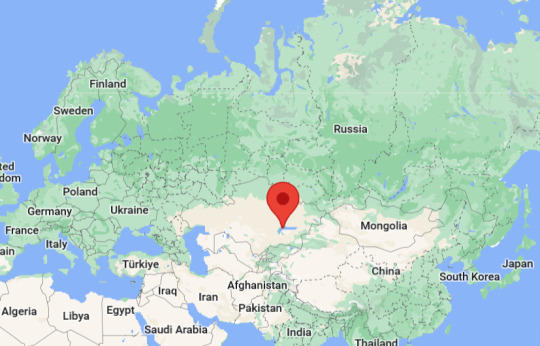
In 1928, a wealth of copper reserves were discovered on the site where the city now stands along the northern shore of Lake Balkash. By 1937, the settlement that had been set up to provide goods and shelter to workers in the area had become the city.

Over the next few decades, the mining and metallurgical operations in Balkash supplied much-needed copper to the USSR and the rest of the world. After Kazakhstan gained its independence in 1991, Balkash continued to be a major hub for copper.
Today, about 66,000 people live in Balkash, and copper's still a really big deal. They build monuments out of it--like this one that commemorated the 50th anniversary of the company formed to mine copper from the region.
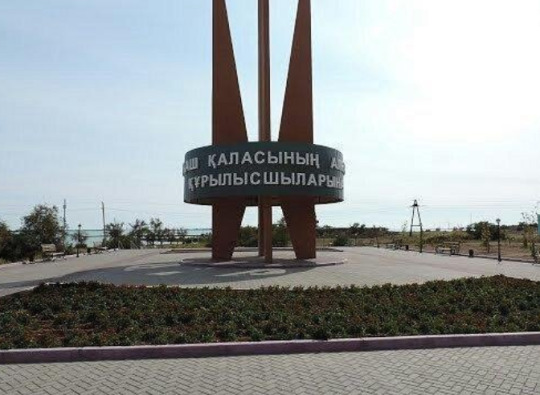
Its rich warm colors are also echoed in the architecture like on the facade of this mosque.

Each year, the anniversary of the opening of the copper plant is celebrated as a holiday, and nearly everyone has at least one family member who works in the industry. Since 1952, nearly 13 million copper cathodes have been shipped out of the city, and so many tons of raw copper have left Balkash bound for elsewhere that they've literally lost count of how much has been produced. The next time you see a penny or flip an egg over in your copper-clad skillet, you just might be encountering a little piece of Balkash's history.
#balkash#kazakhstan#geography#history#travel#copper#metallurgy#ussr#soviet union#soviet history#kazakh history#balkash kazakhstan#kazakhstan history#smelting#building#city#mosque#monument#Balqash#scenic#cityscape
5 notes
·
View notes
Text
As many people already pointed out sheep ankle bones are still used today! The bones are called "asyq"(асық) and are still used today to play the game of the same name!
youtube
Sadly I haven't heard about how the bones were used in magic, but they very well could be as there is still some believe in occult and magical in today's society.

god forbid 5000 year old girls do anything
#the game is even given a gym lesson in schools#and sometimes the bones are made out plastic because yk#capitalism#anyways people might have some bones on them to play. so maybe the girl just like to play the game#and the parents decided to give her as many as she can to play with in the afterlife#or maybe not i am not an archeologist#Kazakhstan history#kazakh history#kazakh culture#Youtube
326K notes
·
View notes
Text
Top 6 Kazakhstan Tours and Things to Do in 2024
A land of enormous seas, towering mountains, and rich cultural heritage, Kazakhstan beckons travellers with its particular combo of herbal wonders and historic treasures. As the ninth largest country in the world, Kazakhstan's imparting diverse stories for adventurers, history buffs, and nature enthusiasts alike in 2024, this Central Asian gem will showcase tours and sports that promise to have interaction visitors find out in its enchanting splendour and vibrant lifestyle.

In this guide, we spotlight the top six things to visit and activities in Kazakhstan in 2024. From exploring the world-elegance beauty of Almaty to exploring the futuristic skyline of Nur Sultan to the beyond on the pinnacle of discovering the breath taking beauty of Silk Road cities and the Altai Mountains, these studies replicate the high quality that Kazakhstan has to provide. Whether you're a first-time traveller or returning, these tours provide remarkable insight into the coronary heart of this fascinating and dynamic United States of America.
Top 6 Kazakhstan Tours & Things to Do in 2024
1. Explore Almaty, the capital of the way of life

Almaty, the most important metropolis in Kazakhstan, is the U.S.’s cultural and economic centre. Located in the foothills of the Trans-Ili Alatou Mountains, Almaty offers the perfect blend of herbal splendor and urban allure. Exploring Almaty in 2024 must be at the pinnacle of your listing. Start your journey with a visit to the Central State Museum to explore the records and historical past of Kazakhstan. Take a stroll through the Green Bazaar to enjoy neighborhood lifestyles and pattern the wist of Kazakh tradition. Don’t omit Kok-Tobe Hill, which can be reached with the aid of a scenic cable car and offers panoramic perspectives of the metropolis and surrounding mountains. The Medeau Skating Rink and Ski Resort, positioned on the outskirts of the city, is a must-visit for ice sports enthusiasts.
2. Explore the modern wonders of Nur-Sultan.

Formerly known as Astana, the capital Nur-Sultan is a testament to Kazakhstan’s rapid modernization and architecture. In 2024, a guided tour of Nur Sultan will introduce you to its futuristic climate and cultural landmarks. Start at the Byterek Tower, where the observation deck offers panoramic views of the city. Khan Shatir is a large, transparent tent with an indoor beach, shopping, and entertainment facilities. The Hazret Sultan Mosque, one of the largest mosques in Central Asia, and the exhibition-rich National Museum of Kazakhstan are important stops
3. Travel along the Silk Road: Turkestan and Shimkent

The southern parts of Kazakhstan have a lot of historical significance, especially the ancient Silk Road cities of Turkestan and Shimkent. Walking through these cities in 2024 will take you back in time. Turkestan is home to the Tomb of Khoja Ahmed Yasavi, a UNESCO World Heritage Site and a masterpiece of Timurid architecture. Explore the vibrant local markets in Shimkent and visit the Aksu-Zhabagli Nature Reserve, the oldest nature reserve in Central Asia, known for its diversity of flora and fauna. These towns allow you to see the fascinating fabric of Kazakh history and culture.
4. Experience the majestic Altai Mountains.
For nature lovers and adventure seekers alike, the Altai Mountains of East Kazakhstan offer unparalleled beauty and outdoor activities. Visit in 2024 to see the pristine landscape of this remote county. Walking, horseback riding, and wildlife watching are popular activities in Altai. Katon-Karage National Park, the largest national park in Kazakhstan, is known for its diverse ecosystems of forests, mountain meadows, and glacial lakes. Ancient cemeteries dating back to the 3rd century BC
5. Unlock the mysteries of Charin Canyon
Often called the Grand Canyon of Central Asia, Charin Gorge is a herbal wonder placed approximately 200 kilometres east of Almaty. A day trip to Charin Canyon in 2024 will leave you in awe of the extraordinary rock formations and colours. The valley stretches for 154 kilometres, with many spectacular hiking trails. One part of the valley, the Valley of Forts, is mainly well-known for its towering cliffs that resemble medieval castles. Guided excursions monitor the geological history and specific plants and fauna of the vicinity.
6. Take a dip in the tranquillity of Lake Balkhash.
The lake is split into awesome sections: the western half is fresh water, and the Japanese half is salty. Visiting Lake Balkhash in 2024 offers the opportunity to fish, boat, and relax on its sandy shorelines. Surrounded by numerous natural worlds, it's remarkable vicinity for chicken-looking and nature pictures. Local excursions typically include visits to nearby fishing villages, where you may enjoy conventional Kazakh hospitality and food.
Conclusion
Discover the top six Kazakhstan tours and activities in 2024. The country’s natural beauty, cultural heritage, and display of modern wonders promise rich and diverse travel experiences from the cultural depths of Almaty, the futuristic delights of Nur Sultan, the historical charm of Silk Road cities, breath taking views of the Altai Mountains, and Balkhash. The serene expanse of the lake and every destination offer a unique experience to suit every traveller’s taste. To fully immerse yourself in these adventures, consider booking Kazakhstan tour packages from uae, which offer comprehensive and convenient ways to explore the best of this fascinating country. The most important of these
#Kazakhstan tour packages from uae#Kazakhstan tour packages#Kazakhstan Holiday packages from uae#Kazakhstan#Kazakhstan tour#Kazakhstan Travel#Kazakhstan history#Kazakhstan tour destinations
1 note
·
View note
Text
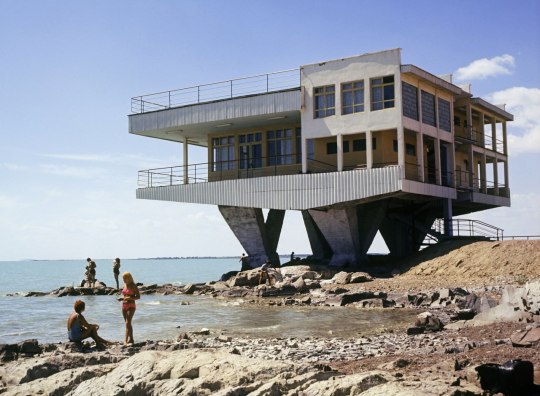
The Green Cape Hotel on lake Balkhash (Kazakh SSR, 1973)
1K notes
·
View notes
Text
Time Travel Question 52: Medievalish and Earlier
These Questions are the result of suggestions a the previous iteration. This category may include suggestions made too late to fall into the correct earlier time grouping. In some cases a culture lasted a really long time and I grouped them by whether it was likely the later or earlier grouping made the most sense with the information I had.
Please add new suggestions below if you have them for future consideration. All cultures and time periods welcome.
We already did the burnings which lost their bracket, but the culture lasted a long time across a big area, and people keep suggesting it.
#Time Travel#Passenger Pigeons#Extinct Species#Birds#North American History#Natural History#Pleistocene#Aotearoa#Moa#Haast's Eagle#Indigenous History#Māori History#Māori Folklore#Māori#Silphium#Ancient World#Neolithic#Cucuteni–Trypillia Culture#Kazakhstan#Archaeology#Bronze Age#History of Disease#Fiber Art#neanderthal#homins#Early humans#History of Fashion
270 notes
·
View notes
Text

#countryhumans kazakhstan#kazakhstan#kazakh culture#country#countryhumans#kazakh khan#new artist#fyp#art#culture#history
105 notes
·
View notes
Text
Without language, there is no nation; without the nation, there is no state
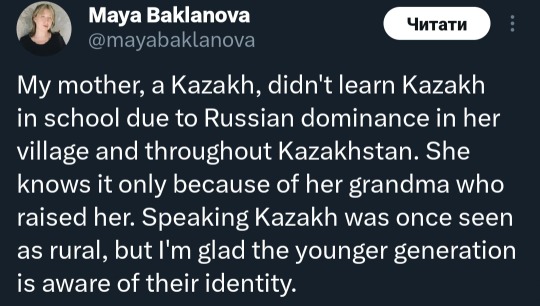
Russia understands this undeniably well. That's why the first thing in the occupation of our land - erasing all Ukrainian literature and culture. People without identity are easily manipulated. Hold on to your roots with all your might. Otherwise, Russia will come and instill the Russian language, thereby eventually eradicating your native one. Do not hesitate. Appreciate yours while you have the opportunity.
Please keep spreading our voices and donate to our army and combat medics (savelife.in.ua, prytulafoundation.org, Serhii Sternenko, hospitallers.life, ptahy.vidchui.org and u24.gov.ua).
#ukraine#kazakhstan#kazakh culture#kazakh history#russia#arm ukraine#stand with ukraine#genocide#stop the genocide#український tumblr#russia is a terrorist state#russo ukrainian war#russian invasion of ukraine#colonial violence#russian colonialism#colonialism#colonization#armukraineasap#standwithukraine#video#sound on#video post#loud#i love this video#support ukraine#support#language#english#укртамблер#український тамблер
148 notes
·
View notes
Photo
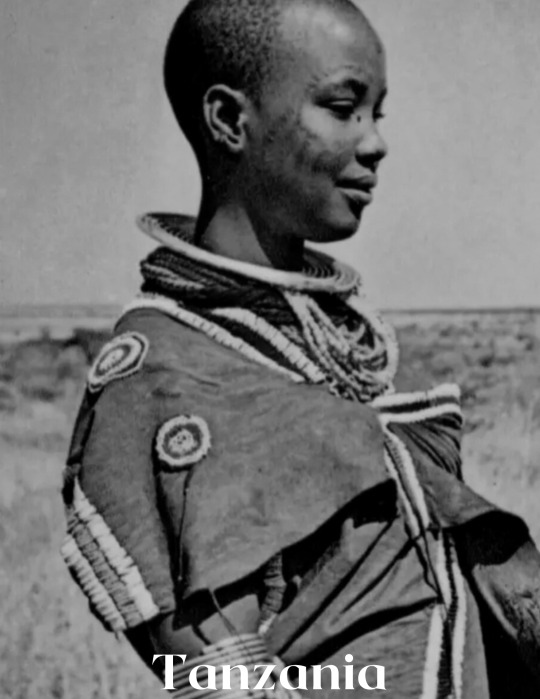


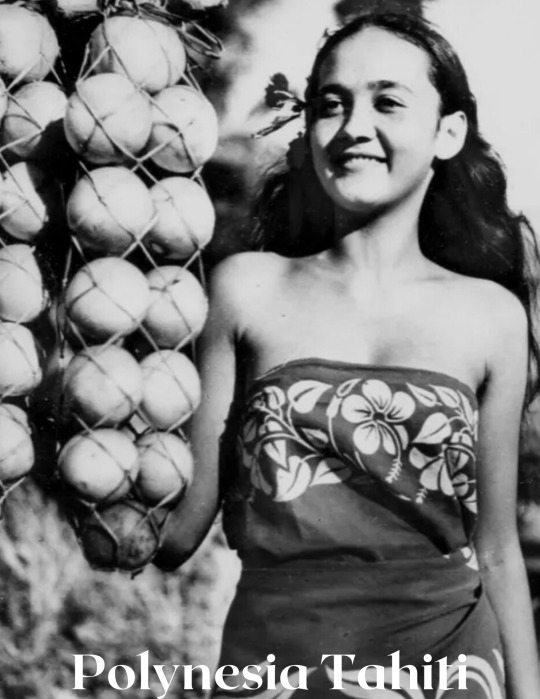
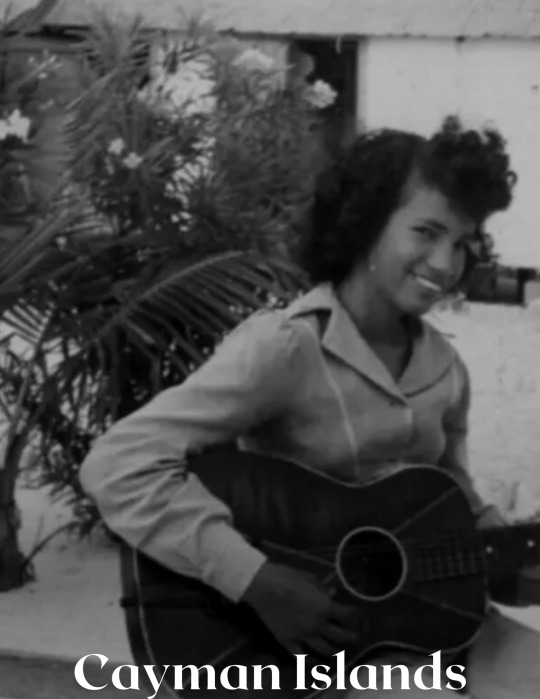
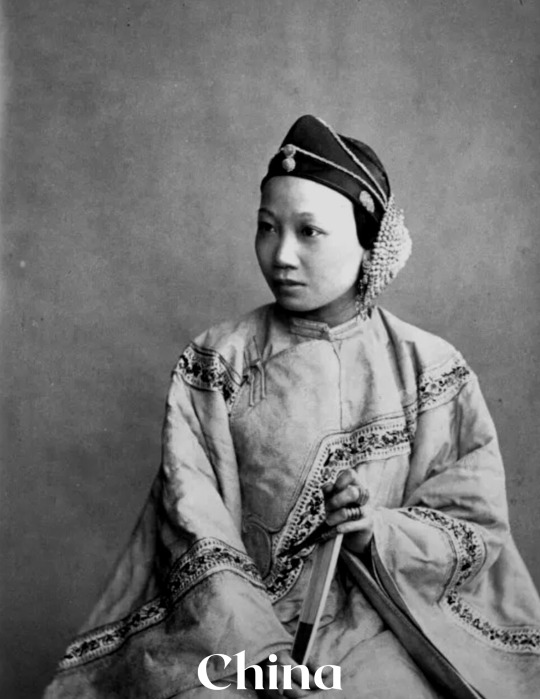
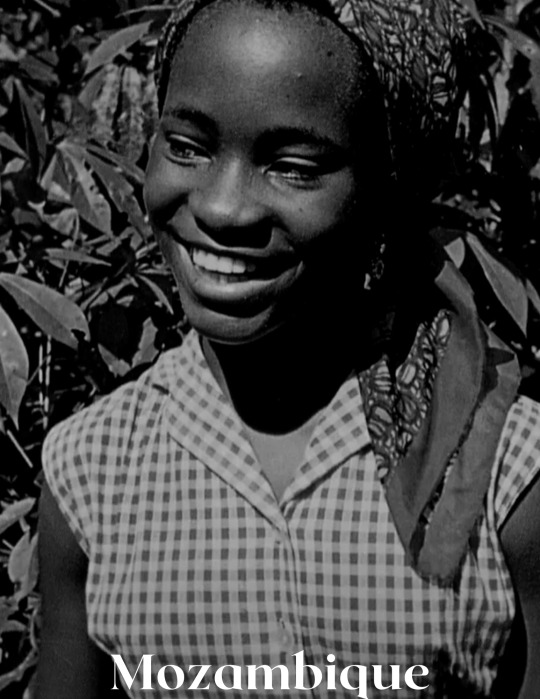
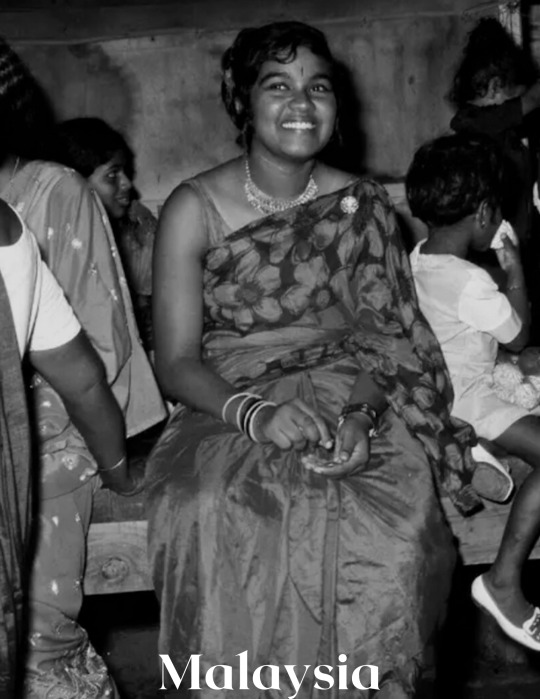
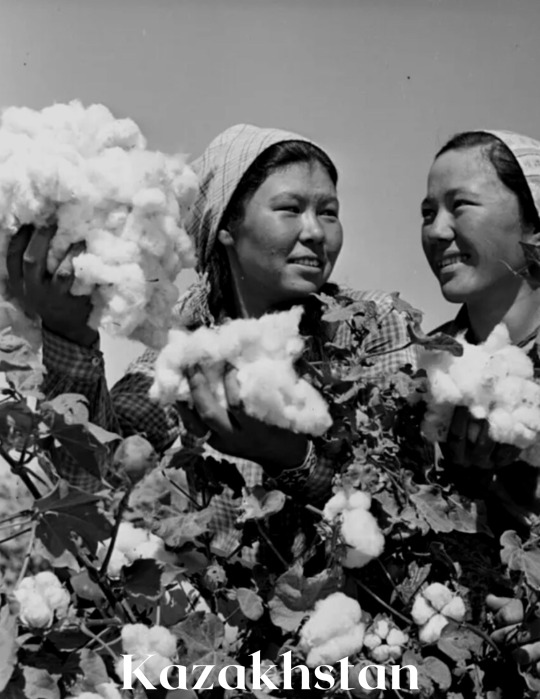

beauty around the world: pt 8
#beauty around the world#history#women in history#beauty#tanzania#suriname#paraguay#polynesia tahiti#cayman islands#china#mozambique#kazakhstan#kenya#cultures#beauty in cultures#around the world#malaysia
688 notes
·
View notes
Text






















368 notes
·
View notes
Text
Okay so one of the symbols of modern Kazakhstan's independence is Altyn Adam - Golden Man*(as in person).
Altyn adam refers to an artefact that was found 1970 in Issyk kurgan(burial)*.
It looks like this(id in the end of the post and in alt):
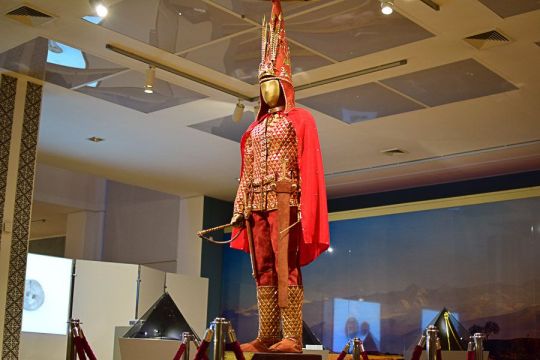
It is actually quite interesting how the artefact was found.
In 1968 the town Issyk became a town and wanted to develop. However, they needed experts to first check that there are no historical sites, which is what they did. For all of 1969 they were carefully uncovering he kurgan, and in 1970 they finally opened it.
It was empty. The place had signs that it has been robbed several times before.
One archeologist, Bekmuhanbet Nurmuhanbetov*, decided to check some 30-40 meters away, and found a side-burial which was left untouched since 6-5th century BC.
They found so many artefacts that listing them all here would be quite difficult.
What I would like to mention though is who was buried here:
Gender is unknown*, but the age is around late teens(16-18)
The person that was buried here was most likely to be a child of some kind of tribe leader, because their burial is smaller than the main one.
About the tribe! The burial probably belonged to Saka tribes. Saka people might relate to Scythians(they are probably part of the same cultural group?)* *. Anyways this particular kurgan was made by Tigraxauda people. Their name derives from persian and means. Pointy hats........
The golden armor is probably more ritualistic(haven't seen it in direct text sorry) than anything because the golden pieces of armor are wood covered in golden leaf. The helmet is made from golden plates though.
There are actually some interesting thing that are present on the helmet. By that I mean the arrows, which are said to symbolise 4 parts of the world. There are also multiple animals* on it. As a whole the costume consists of 4000 golden pieces.
And finally, Why is it so important?
Well to answer this question, you should know USSR's relationship with history and how is was teached in Kazakhstan specifically: mainly, world history through the lense of revolution and how Kazakhstan just sorta became part of USSR after it was Russian Empire's colony*. Nothing before that as people that lived on this land.
Which led to a very hard situation after the independency was gained because well. The majority of people were Kazakhs, but a lot of culture and identity was lost. And part of it was history.
So an artefact this old brings a sense of legitimacy. It also doesn't hurt that it's pretty.
ID and notes under cut
[ID: Armor on a mannequin in a museum setting standing above camera. The mannequin is wearing long-sleeved jacket which is a mix of red fabric and triangular golden pieces. The same pattern is on its boots. The pants are made from a red fabric. It is wearing a very large conical headpiece almost as tall as its chest(40cm). It is very pointy. The headpiece has 4 golden arrows and some animal ornaments on it. The figure has a bow and and an arrow in its hands, and a sheath for sword and another weapon on its belt. It is also wearing a red cape just reaching its thighs. ]
* Actually there are several artefacts like this! Around 6 or so which were found in different regions at different time. All of them are called golden men, just the place that varies. This one is Issyk's Golden Man. Some of them are actually made from solid gold and not gold leaf which I find fascinating.
* Ok so kurgan is used interchangeably here with burial. And in a way kurgan is a burial. It is also in a way like a pyramid? There are things left for the dead so they can carry them to the afterlife, but the kurgan itself is built a bit in and above ground. The rooms are made from logs, and then covered with dirt to create mounds. I also heard that a herd of horses would run it over a bunch of times to set the earth.

*Full name Bekmuhanbet Nurmuhanbetov Nurmuhanbetovich. He eventually organized a museum for the kurgans he found. He died in 2016, at the age of 81, and for some reason he has "Bekem-aĝa"(aĝa means older brother, uncle just an older friendly male figure) as his pseudonym on his Wiki.
*Actually Saka seem to had been pretty great about equality. There is also a very cool story about their female chief Tomiris.
*Historical records about nomadic people come exclusively from settled ones. Because a lot of stuff they would probably write on(despite the claims about lack of writing system) would't have survived because you know. Nomads.
*Haven't mentioned it in the post but sometimes Saka people are called ancestors of Kazakh people and uhhhh. They are probably more related to modern Europeans than to us. They still had similar lifestyle and lived on this land though. And they were more mixed than anything because you know, race is bullshit.
* Oh also fun fact one of the animals is a tulpar which is a horse with wings. The same mythical animal is present on Kazakhstan's official coat of arms.
*should I keep making these notes? because I feel they might take away from the flow of the text, and some details are simply not that important or I cannot convey them properly. so. what do you think?
#the whole legitimacy thing is of course not just kazakhstan#every country out there is doing it tp build a cohesive narrative that people can unite around#kazakhstan#kazakh#kazakh culture#kazakhstan history#kazakhstan politics#kazakh history#Kazakhstan culture#ussr#history#asia#central asia#cw: mention of death#what warnings should I put?#ussr culture#ussr education
68 notes
·
View notes
Text





Photos of Soviet Kazakhstan from the Soviet Ukrainian photo book "Song of Our Native Land" a book dedicated to the 60-year anniversary of the USSR. 1982
"Alma-Ata, the capital city of the Kazakh SSR"
"Truckloads of grain from the virgin lands"
"At Dzhezkazgun Copper Smeltery"
"Medeo Winter Sports Complex"
"Kazakh melodies"
#communism#history#socialism#leftism#marxism#marxism leninism#asia#soviet union#ussr#ussr history#Kazakhstan#central asia
34 notes
·
View notes
Text



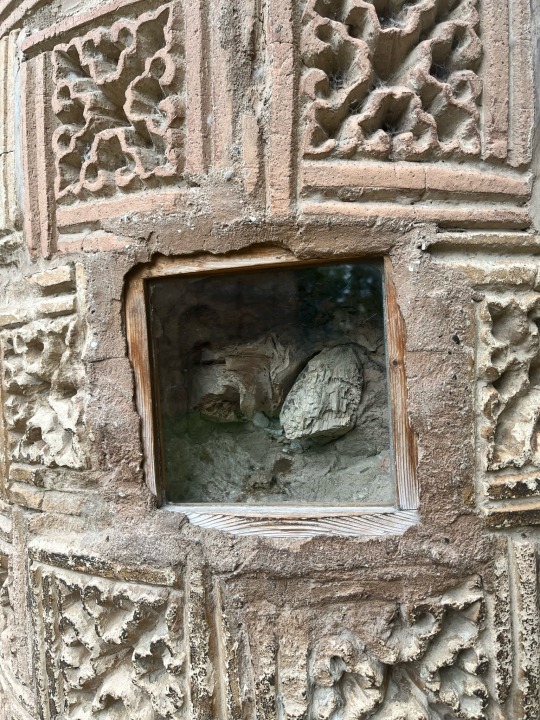


Ancient history holy places near Turkestan
#almaty#kazakhstan#qazaqstan#qazaq#nomads#turks#history#turksculture#туркестан#ancient history#holy place
12 notes
·
View notes
Text

Bronze Age Girl Buried With More Than 150 Sheep Ankle Bones Found in Kazakhstan
Archaeologists in eastern Kazakhstan have unearthed a Bronze Age burial mound of a girl surrounded by various grave goods in the Ainabulak-Temirsu Necropolis.
The young girl was laid to rest with a number of peculiar grave goods, including 180 animal ankle bones and a small, exquisite silver accessory depicting a frog on a disc.
The excavations are carried out together with experts from the University of Cambridge and under the direction of Rinat Zhumatayev, Head of Al-Farabi Kazakh National University (KazNU) Archaeology, Ethnology, and Muzology Department. The ongoing excavations have gained momentum since 2016 when the journey to explore the region’s historical treasures commenced in the Zaisan district, spearheaded by Abdesh Toleubaev.
According to The Astana Times, an English-language news outlet in Kazakhstan, the girl’s grave is located near Ainabulak village in the east of the country and dates from Central Asia’s Bronze Age, which lasted from roughly 3200 B.C.E. until 1000 B.C.E.

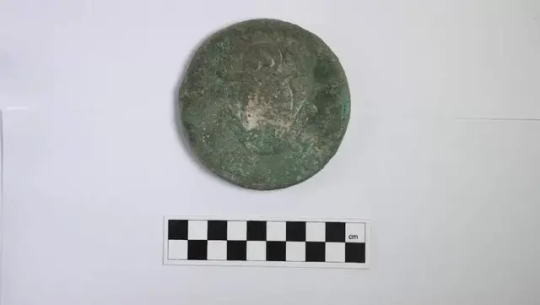
Rinat Zhumatayev, an archaeologist who led the excavation and heads the Department of Archaeology, Ethnology and Museology at Al-Farabi Kazakh National University in Kazakhstan, said: “She was buried on her left side, bent over. Small wire earrings were in both ears and beads around her neck.”
The frog-adorned artifact carries immense significance. Scholars associate the frog motif with water-related rituals found in China and Egypt, adding an intriguing layer to the ongoing research. According to the researchers, this is the first example discovered in Kazakhstan and may be associated with the image of a woman in labour and the cult of water.
The sheer volume of animal bone fragments buried in the burial mound also piqued researchers’ interest. The number of bones buried with this person was extravagant compared to other graves on the Eurasian steppe that contained animal remains, frequently in child and adolescent burials.
Some scientists think that the burial of astragalus bones was part of a “cult practice” and that the bones were used during meditation. However, other researchers view the bones as “symbols of well-being” and “good luck” that served as a “wish for a successful transition from [one] world to others,” Zhumatayev said.
“Our exploration is far from over. By the year’s end, we anticipate unveiling our findings and publishing a comprehensive scientific article,” shared Rinat Zhumatayev.
By Leman Altuntaş.
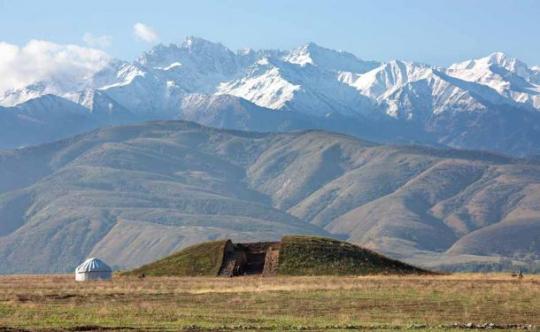
#Bronze Age Girl Buried With More Than 150 Sheep Ankle Bones Found in Kazakhstan#Ainabulak-Temirsu Necropolis#ancient grave#ancient tomb#ancient necropolis#ancient artifacts#archeology#archeolgst#history#history news#ancient history#ancient culture#ancient civilizations#bronze age history
133 notes
·
View notes
Text

Picking apples in the Mountain Giant sovkhoz. Photo by Yuri Kuydin (Kazakhstan, 1968).
157 notes
·
View notes
Text

Bowl with a Repeat Design of the Arabic Letter kaf. Turkestan or Kazakhstan. 900-990 CE.
Cincinnati Art Museum.
#Cincinnati art museum#art#culture#history#bowl#medieval history#medieval#asian history#Middle Ages#Kazakhstan#turkestan#museum
18 notes
·
View notes